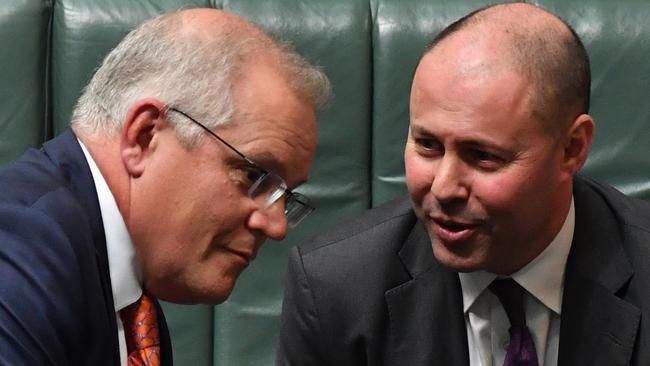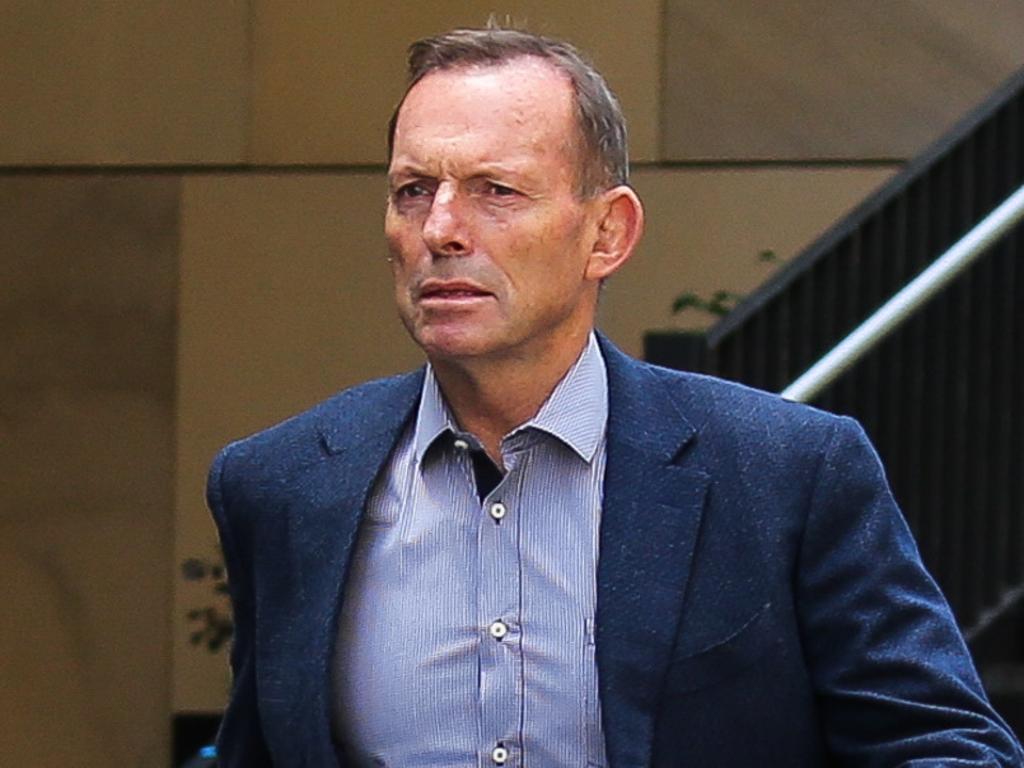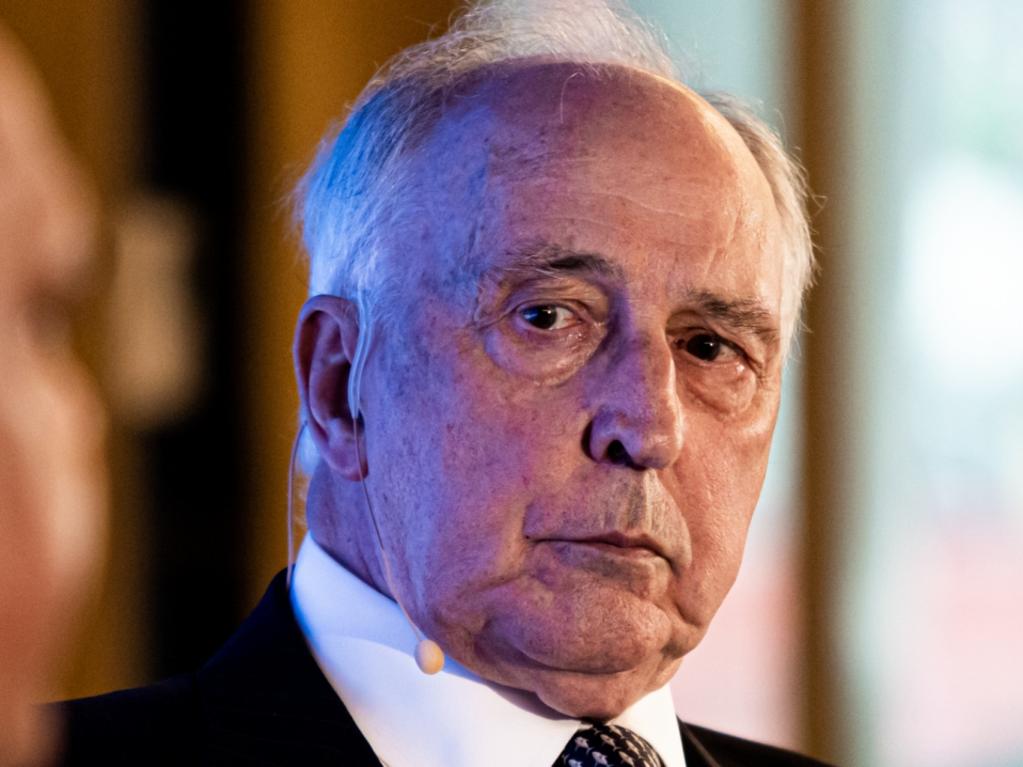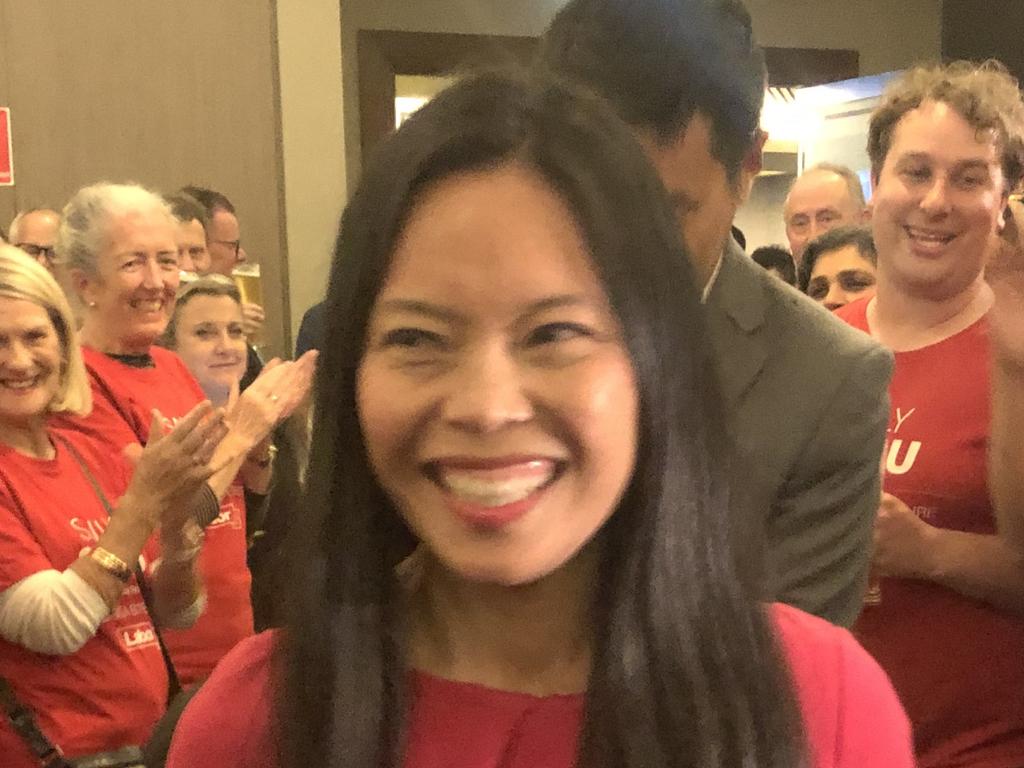
There is no denying last Saturday’s election delivered a massive body blow to the Liberal Party: enormous swings and losses in erstwhile safe urban and metropolitan seats in Sydney, Brisbane, Melbourne, Adelaide and Perth.
It’s also true that history points to at least two terms in opposition. Since the Depression in the 1930s, every new federal government has been re-elected: even Labor in 2010 narrowly held on to power, albeit a minority government.
Even so, all is not lost for the Liberals. For starters, Scott Morrison has departed, his unpopularity being a key reason for losses across the country. As leader, Morrison seemed detached – not just from the electorate but from his own parliamentary party, and even from many of his ministers. As one reader commented online on Monday, under Morrison “the Liberal Party lost the stomach for a fight. Potential Liberal voters in Melbourne thought Morrison had sided with Dan Andrews in locking them up while Australians overseas were shut out of their own country. The Liberal brand of financial prudence was trashed by Morrison and (Josh) Frydenberg during Covid. Net zero should only have been offered in conjunction with nuclear energy. I could go on and on.”
In short, the Liberal brand under Morrison, a former marketing executive, was damaged to the point of being little different from Labor on some big policy fronts.
With Morrison defenestrated, there is a chance for a new Liberal leader to speak to constituencies about economic advancement and aspiration that matters to mainstream Australia in a way that Labor, the Greens and teal independents cannot. The Liberal Party fires on all cylinders when it offers an agenda that is quintessentially liberal, clearly differentiating itself from Labor.
Robert Menzies challenged the political consensus to create a Liberal Party that was the party of both Edmund Burke and John Stuart Mill. Menzies held office for longer than any other prime minister. In 1975 Malcolm Fraser offered a radically different agenda to Gough Whitlam after Billy Snedden tried but failed to match Labor with big spending at the 1974 election.
As Scott Prasser, a senior fellow at the Centre for Independent Studies, told The Australian on Monday, it pays to remember that Fraser had a tiny 6 per cent poll rating before he went on to secure a landslide election win.
John Howard offered a clear alternative to Paul Keating in 1996 with 37 policies ranging from privatisation to multiculturalism and industrial relations. Tony Abbott caught the imagination of voters in 2013 after years of Labor dysfunction but made the fatal mistake of promising voters “no cuts” – reversing those promises delivered a credibility blow to his government.
As Prasser said, “The situation the LP is now in is the same problem the Coalition and LP faced after the 1972 Whitlam win (remember December 2) – to be like the winner or differentiate yourself. The temptation is, like in business, to copy the winning product, in a slightly different, milder form.
“The alternative is to develop something quite different.”
What should be the message from a new Liberal leader? First, and foremost, that they will fight long and hard for a set of values, and policies that reflect those values. Conviction and the determination to fight for values will differentiate the new leader from Morrison.
Next, to set the party apart from Labor. The new Liberal leader needs to promote ideals that have not changed much since the Howard era: owning your home, sending your children to university, keeping more of what you earn rather than paying high taxes to subsidise a bloated state, choosing how you work, defending the integrity of the nation with sound border protection policies. This is the best path for Liberals to win back key segments of working-class constituencies.
The richer parts of Australia are a challenge, with cost-of-living pressures, higher energy prices and rising inflation less painful in the well-heeled electorates that changed to teal on Saturday.
As bleak at the future looks for the Liberals, Labor may be facing worse. Voters, even teal supporters, are about to discover how a Labor government with a small majority and its own internal struggles will manage looming challenges that will hit large swathes of the country in different ways. The new Prime Minister doesn’t start with the commanding power and prestige that Whitlam did in 1972, or Bob Hawke did in 1983 or Kevin Rudd did in 2007. Albanese will have to prove he has what the Romans called gravitas.
For the first time in decades, Australians are experiencing rising inflation, meaning higher interest rates and mortgage stress.
Sky-rocketing government spending during, and even before, the pandemic has created an unsustainable mountain of debt. The Labor government will be held to account for debt and inflation at the same time as it has promised higher wages. Australia’s productivity performance is poor, with both parties in government eroding the Howard-Costello legacy responsible for our relative success over decades.
The Ukraine crisis, according to the World Bank, is causing a global food crisis as the Russia-West standoff exacerbates a surge in prices that could threaten nations far beyond the conflict.
Australia must spend more on defence to address the growing China threat – a threat that at least one Greens MP says doesn’t exist.
And despite a renewed effort to escalate energy transition from fossil fuels to renewables, this is not a cost-free exercise.
Labor’s new industrial relations policies – to decimate casual work and the gig economy, effectively to end labour hire, to abolish the regulator in the highly unionised construction industry, to enforce gender pay equity despite many women working differently to men, will come with big costs to many people, teal voters included.
During the next few years we should not be surprised if Australians become agitated and restless, especially those low-income constituencies that will bear the burden of new radical policies in Canberra. After this last election especially, a two-term Labor government is far from assured.
No one would wish for the populist and socio-economic disruption that has roiled the US, Britain and some parts of Europe. But only the naive could think we will be immune to these Western trends.
They present an opportunity for a Liberal leader with conviction and determination to offer Australians a sensible alternative to the intellectual consensus on the left side of politics that may dominate the federal arena for the next three years.







Though the growing consensus will be to predict many years in the political wilderness for the new opposition, cooler heads won’t be writing off the Liberal Party.